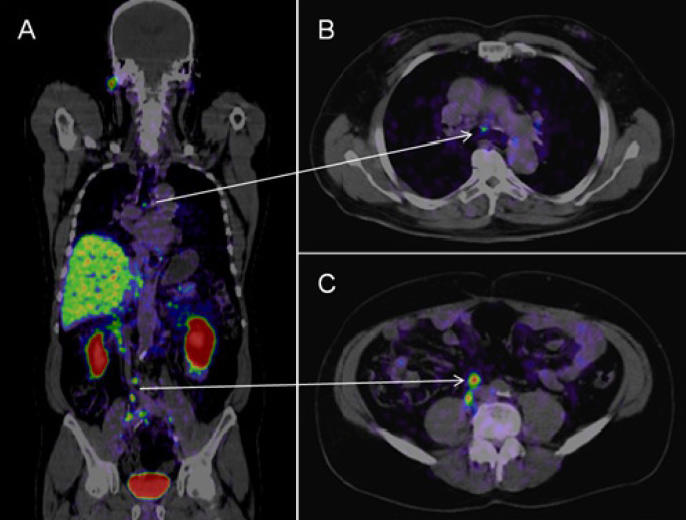Can a PET Scan Detect Cancer Anywhere in the Body?
Can a PET scan detect cancer anywhere in the body? The short answer is yes.” The long answer is, “It depends.” Since the inception of imaging technology, studies have indicated the detection of small tumors with high accuracy. Although there remain many controversies among healthcare professionals regarding the definition of “cancer,” the PET scans provide additional insight into the disease process.
A typical PET scan involves placing a small needle under the skin. A dye is attached to the needle and then x-rays are sent to the target area. A high-frequency magnet produces a magnetic field that "calls" the contrast material into the CT system. This substance is called a contrast agent, and then the magnetic field is converted into visible light.
PET Scanners
Radiologists generally use PET scanners for several reasons. One of the most common reasons is to take a biopsy of carcinoid tumors. Computerized tomography (CT), usually used with PET scans, helps doctors see any abnormal cell activity within a living cell. Doctors can also look for tumors that may not show up on a standard biopsy even though they are small enough to be counted with a CT scanner. In addition, a positron emission tomography (PET) scan can be used to look for tumors that are large and irregular in shape. Doctors cannot always get a clear picture of these abnormal lumps, which makes them difficult to treat.
Medical treatments
Another reason to use PET scans is to help determine the severity and type of a patient's condition. Suppose a doctor suspects that a patient has severe heart disease or cancer. In this case, he or she may want to have a PET scan to determine if the disease is caught early enough to minimize any significant damage. This can save the patient a lot of heartache and money in the long run, as severe heart disease, especially if left untreated, may require life-saving surgery and a wide range of possible medical treatments. The PET scanner can also indicate whether or not a patient needs more invasive surgery, which can be much less expensive and less painful. If a doctor detects cancer in someone who has not yet reached the advanced stages of the disease, they may choose to perform a biopsy to determine if the cancer was detected in time and if it is causing any harm.
Cancer treatment
PET scanners are commonly used in the treatment of cancerة, Many chemotherapy drugs are toxic to normal cells, making them ineffective against cancer cells. Using a PET scanner, doctors can determine if a particular drug is toxic to normal cells before it is given. This allows the doctor to choose the right medication for proper patient care.
PET scans are also commonly used in other areas of medicine, including cardiac rehabilitation, vascular medicine, radiology, and rehabilitation. PET scans can help these fields treat heart patients by measuring the oxygen in their blood. The cardiac rehabilitation program uses PET scans to show where damaged hearts are and how well the patient is pumping. In a rehabilitation program after a stroke or traumatic brain injury, PET scans can help specialists determine how well the patient is taking medications and getting oxygen.
How does a PET scanner indicate problems?
PET scanners are commonly used in gynecological procedures. These examinations allow doctors to ensure that a patient undergoing antenatal examination is in good health despite her recent pregnancy. Imaging technology can identify tumors that other methods can miss and some irregularities in the growth of the uterus that could indicate a problem. This helps the gynecologist treat the patient with confidence. Even women who did not have previous problems with uterine growth can now be allowed if the MRI reveals something abnormal.
PET scanners continue to improve in their ability to diagnose and treat many medical conditions.. As science and technology continue to evolve, professionals need to keep abreast of the latest diagnostic technology. Using PET scanners is one way to stay current with new information and developments. This technology can be used in the lab, but it can also be applied in the operating room to help save more lives.. Healthy living is worth saving even when the cause of a life-threatening illness is uncertain.



Comments